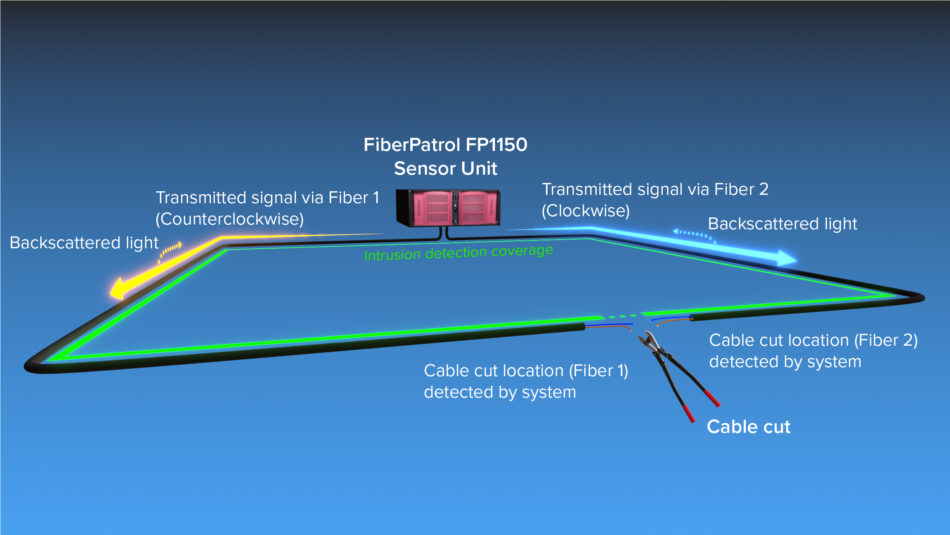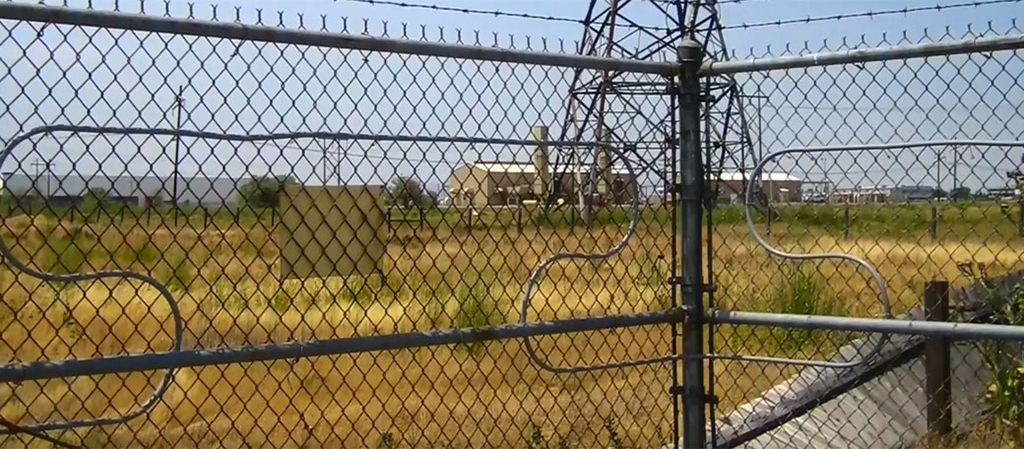Why Fiber Optic Protection Solutions Are the Future of Defense
The shift to fiber optic safety systems notes a significant innovation in the world of protection, driven by their remarkable data transmission capabilities and durability to outside disturbances. These systems not only promote faster and extra dependable communication but likewise provide a cost-efficient remedy with minimized upkeep needs. As the landscape of protection advances alongside emerging modern technologies such as AI and IoT, the possibility for fiber optics to boost and redefine safety and security frameworks comes to be increasingly apparent. The ramifications of these developments elevate vital concerns about the future of safety measures and their efficiency in an ever-changing setting.
Benefits of Fiber Optic Solutions
Among the main benefits of fiber optic systems is their premium bandwidth capability, which assists in the transmission of large quantities of data over lengthy distances without significant loss. This characteristic is specifically helpful for security applications that call for the constant tracking and transfer of high-definition video clip feeds, sensing unit data, and various other critical details. Optical fiber can suit the expanding demands of modern-day security systems, ensuring that information stays undamaged and reliable.
Additionally, fiber optic cables are less vulnerable to electro-magnetic interference, which can be a considerable concern in atmospheres with various digital tools. This resistance enhances the integrity of the information being transferred, consequently lessening the danger of data breaches or system failures. In addition, fiber optic systems are naturally more secure than conventional copper cables, as tapping right into a fiber optic line without discovery is exceptionally challenging.
The sturdiness of fiber optic cables additionally contributes to their allure. They are resistant to ecological elements such as dampness and temperature level variations, reducing maintenance costs and increasing system longevity. Generally, these benefits placement fiber optic systems as a robust and reliable choice for modern-day safety and security frameworks, making sure reputable and secure data transmission.
Enhanced Information Transmission Speed

The capability to transfer vast amounts of information promptly assists in the seamless combination of high-def video clip feeds and advanced analytics. Safety systems can now process and evaluate information in real-time, enhancing reaction times and situational recognition. In addition, fiber optic links sustain longer transmission ranges without deterioration of signal quality, making them suitable for extensive security networks.
The boosted rate of fiber optic systems not just enhances the efficiency of security procedures but also lowers latency. This is especially vital in important situations where prompt decision-making can stop protection violations or mitigate possible dangers. As organizations remain to focus on safety and security and effectiveness, the need for rapid and reputable information transmission will unquestionably strengthen fiber optic systems as a keystone of contemporary safety framework.
Resistance to Disturbance
Fiber optic safety and security systems regularly demonstrate phenomenal resistance to electromagnetic interference, a critical advantage in atmospheres prone to electronic noise. Unlike traditional copper cable televisions, which can be adversely affected by magnetic fields, superhigh frequency interference, and various other types of electrical the original source disturbance, fiber optic cables make use of light to transmit information. This intrinsic building guarantees that the signals stay clear and unaltered, despite surrounding digital task.
The use of glass or plastic fibers in fiber optic technology develops a barrier against interference, enabling trustworthy information transmission even in challenging situations such as commercial centers, city locations with high digital traffic, or places near radio towers. This characteristic substantially reduces the chance of signal deterioration or loss, making fiber optic systems specifically ideal for security applications where stability and precision of information are vital.
Additionally, this resistance to disturbance enhances the general efficiency and integrity of safety and security systems, making certain that monitoring and sharp systems work perfectly. In a globe where security is significantly intimidated by sophisticated innovations, the strength of fiber optic systems stands apart as a critical function, strengthening their status as a crucial element of Check This Out modern protection facilities.
Cost-Effectiveness In Time
Significant cost financial savings can be attained with time with the application of fiber optic safety and security systems. While the first financial investment may seem greater compared to conventional copper-based systems, the lasting financial benefits become obvious with lowered functional and upkeep prices (fiber security). Fiber optic cable televisions are naturally extra durable and less susceptible to ecological factors, which converts to lower substitute and fixing expenses over their lifespan
Additionally, fiber optic systems require much less power to run, which additionally decreases energy expenses. Boosted information transmission capacities permit fewer repeaters and amplifiers, decreasing equipment investment and enhancing installment procedures. The scalability of these systems additionally adds to cost-effectiveness, as companies can expand their safety and security framework without incurring considerable extra costs.
An additional variable to take into consideration is the enhanced effectiveness in tracking and reaction abilities that fiber optics give. Enhanced real-time data transmission can bring about quicker occurrence response times, potentially mitigating losses and obligations related to security breaches. In sum, the lasting benefits of fiber optic protection systems not just warrant the initial expense yet also position them as a financially prudent option for organizations looking for durable protection options.

Future Technologies in Security
Advancing innovations are readied to reinvent protection systems, incorporating expert system (AI) and equipment discovering to improve risk detection and reaction capabilities. These technologies will enable safety systems to examine large quantities of information in real-time, recognizing patterns and anomalies that show potential threats. This proactive strategy will enable quicker decision-making and extra reliable event feedbacks.
Additionally, the consolidation of the Internet of Things (IoT) is leading the way for interconnected protection devices, providing comprehensive security and surveillance. Smart sensing units can relay details concerning ecological changes, while automated informs can web inform security personnel promptly of questionable tasks.
Additionally, the development of biometric technologies will certainly better strengthen protection mechanisms. Face acknowledgment, fingerprint scanning, and retina recognition are ending up being extra advanced, offering layers of verification that are difficult to bypass.
Verdict
To conclude, fiber optic safety and security systems stand for a significant improvement in defense innovation, supplying unparalleled data transmission rate, resistance to electro-magnetic disturbance, and long-term cost-effectiveness. As the need for sophisticated safety and security solutions proceeds to grow, the assimilation of fiber optics with arising technologies such as AI, IoT, and biometrics will further enhance protection frameworks (fiber security). The mix of these advancements will certainly make certain a more secure and responsive environment, solidifying optical fiber as a foundation of future protection systems